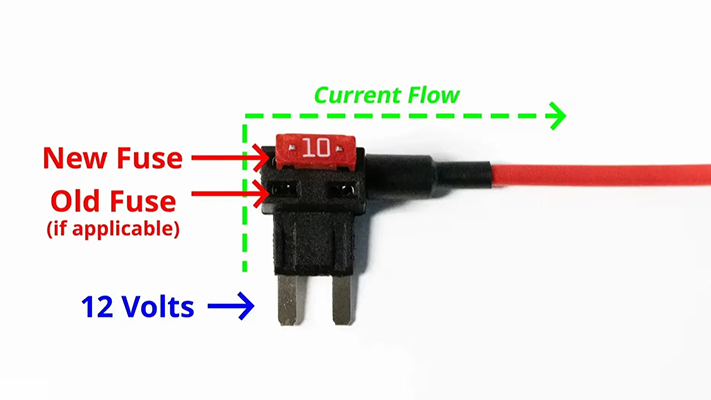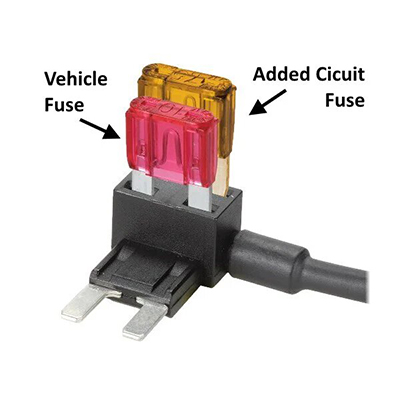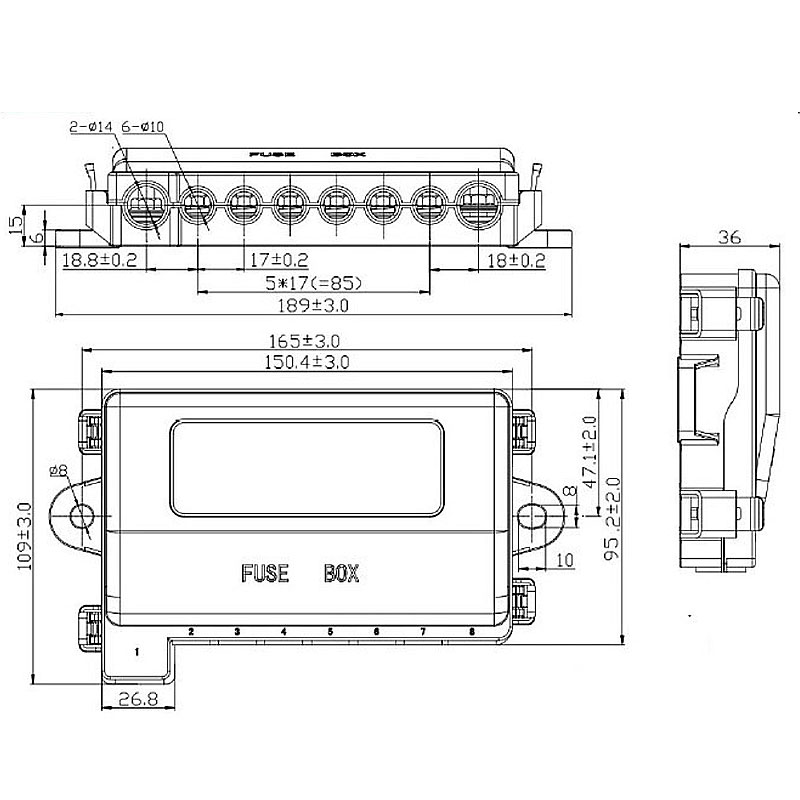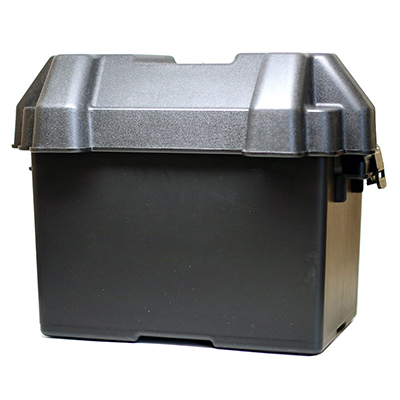Fuse Tap Innovations for Battery and Automotive Power Systems
News 2025-10-20
Fuse taps are essential components in modern electrical systems, particularly for batteries and car power storage units. These devices provide a secure way to add auxiliary circuits without compromising safety. By integrating a fuse directly into the tap, they protect against overcurrent situations, which is crucial in automotive applications where electrical failures can lead to serious hazards. As vehicles incorporate more electronics, fuse taps offer a reliable solution for connecting devices like dash cams, GPS trackers, or additional lighting, ensuring efficient power distribution and system integrity.

Common Application Scenarios
In automotive settings, fuse taps are widely used in cars, trucks, and electric vehicles to tap into existing fuse boxes. For instance, they enable the addition of aftermarket accessories by drawing power from the battery or power storage units without the need for complex wiring. In marine and RV applications, fuse taps safeguard sensitive electronics against voltage spikes, while in industrial battery systems, they facilitate monitoring and control of energy storage units. This versatility makes fuse taps ideal for both professional installations and DIY projects, enhancing functionality in diverse environments.
Key Performance Advantages
Fuse taps deliver superior performance through their compact design and built-in protection features. They offer low resistance connections that minimize power loss, ensuring efficient energy transfer in high-demand scenarios. With quick-response fusing mechanisms, they prevent damage from short circuits or overloads, extending the lifespan of batteries and power storage components. Additionally, their compatibility with standard automotive fuses allows for easy integration, reducing installation time and costs. These advantages make fuse taps a cost-effective choice for maintaining reliable power systems in dynamic applications.
Installation and Maintenance Best Practices
Proper installation involves selecting the right fuse rating to match the connected load, avoiding risks of under or over-fusing. Users should use insulated tools and ensure connections are secure to prevent arcing. Regular maintenance includes inspecting for corrosion or wear, and testing the fuse tap with a multimeter to verify continuity. In automotive contexts, positioning the tap in accessible fuse boxes aids in future modifications. Adhering to these practices ensures long-term reliability and safety, making fuse taps a durable addition to any power system.
1. What is a fuse tap?
A fuse tap is a device that allows you to add an extra circuit to an existing fuse box by incorporating a fuse for protection.
2. How does a fuse tap enhance safety?
It provides overcurrent protection, preventing electrical fires or damage by automatically breaking the circuit if too much current flows.
3. Where are fuse taps commonly used?
They are frequently applied in vehicles for adding accessories and in battery systems for secure power distribution.


